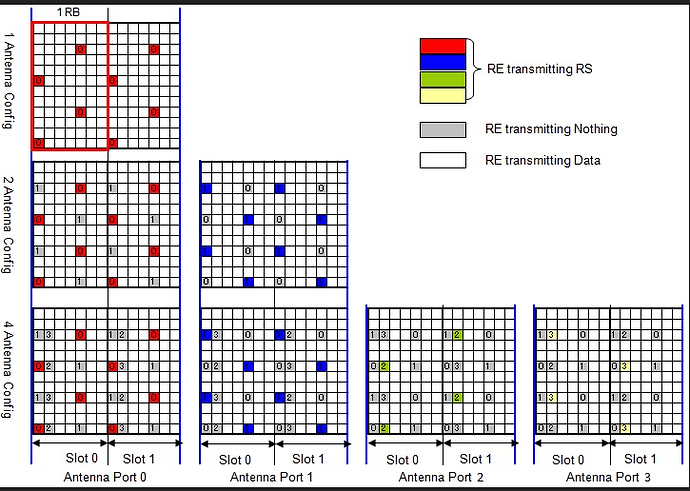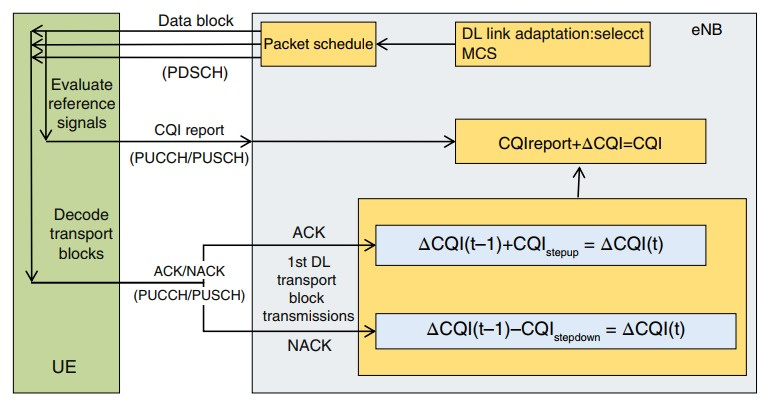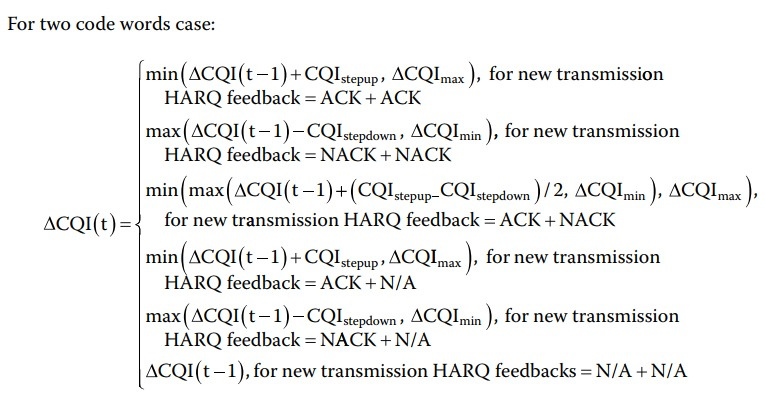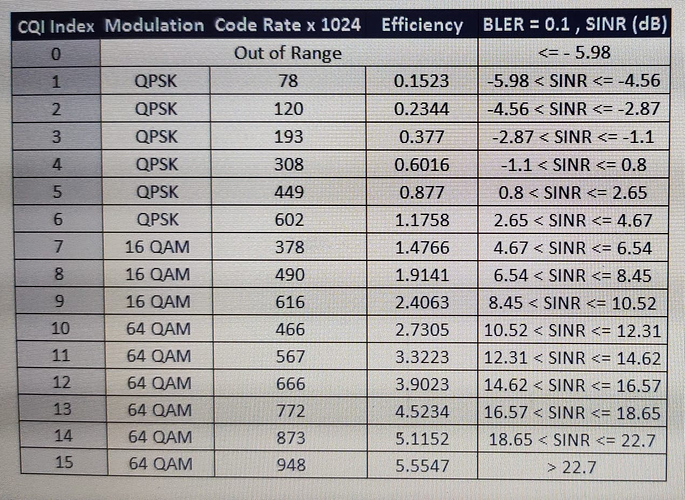Check this: in RSlocations nothing is sent (no PDSCH).
At eNodeB end cqi reported is compensated.
As per ack/nack.
This is not true.
Own cell RS can collide with other cells PDSCH with different Mod.
Ok, in Connected Mode PDSCH RE can get interfered by RS RE.
This is correct.
No PDSCH is scheduled for same cell other antenna ports.
But it is possible for different cell.
Yes absolutely correct, can be interfered with other cell.
True for different PCI and only on overlaping area.
Let us take example.
Cell A-Alpha have RS at at symbol 0 and subcarrier 0.
Now in that cell, no antenna port will radiate at RS RE.
But it is quite possible that neighboring cell-B Beta, who have RS in symbol 0 and subcarrier 1, will have PDSCH at symbol 0 and subcarrier 0.
So collision can occur.
Yes, have seen that.
Coming back to original query, there are different opinions on whether CQI is derived by RS-SINR or PDSCH-SINR…
RS location PDSCH is not sent.
PDSCH SINR is estimated using GINR.
GINR is calculated based on RS.
GINR new term… 
We changed BW from 5MHz to 10MHz in one city and CQI Degraded.
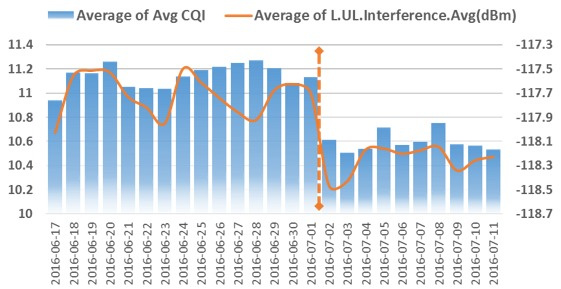
CQI is mainly used to indicate the cell downlink PDSCH channel quality. UE measures the quality of RS signal to assess PDSCH channel quality, so while reporting the CQI, UE will consider the difference between the RS signal power and the PDSCH channel power (PA), wich simplifies as follow:
PDSCH SINR = RS SINR + PA (PDSCH SINR is CQI)
when (Pa, Pb) from (0,0) to (-3,1), the PDSCH SINR will decrease, and the CQI reported by UE will also decrease.
eNodeB code downlink data based on the CQI, so when CQI decrease, MCS/Modulation and other relevant factors will also decrease.
Where you can see the equation i was referring.
For exact and more detailed phenomenon please refer to below figures:
(this is how Ericsson calculates)
RS-SINR gives both positive (max 30 dB) and negative values.
GINR is special term used in Ericsson.
I didn’t find its use in Huawei and ZTE.
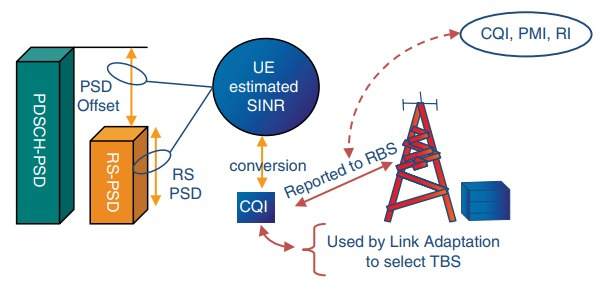
In the downlink, gain to interference and noise ratio (GINR = G / ( N + I), where G is the path gain) is used as a measure for channel prediction and varies due to fading and interference.
The slow fading component is tracked and used in link adaptation.
It can be converted to SINR by adding PSD logarithmically (SINR = PSD + GINR).
The UE estimates SINR based on the PSD of the downlink reference signals (RS) and PSD offset between PDSCH and RS.
The SINR is converted to channel quality indicator (CQI) which indicates the radio quality, and is used by the link adaptation function to select the transport format matching the channel conditions.
This leads to improved radio resource utilization.
The RAN performs an adaptive adjustment of the SINR derived from CQI to compensate for errors and mismatches, and fulfills the targeted operating point.
Thanks  .
.
We call it ILLA, OLLA.
Thanks @AbdurRehman87 for detailed info.
However i have few questions…
RS SINR in this equation can be up to 30. And if Pa=-3, then CQI is coming like 27. But in actual max CQI can be 15.
So is there any further calculation?
Their units are different.
SINR Mapped to CQI values.
I have one old mapping table.
Note that It depend upon UE manufacturer, how to map.
It varies UE to UE.
This mapping might be different for Apple, Samsung and Huawei.
You can use it as reference for understanding.
Was power also increased at same time BW increase?
